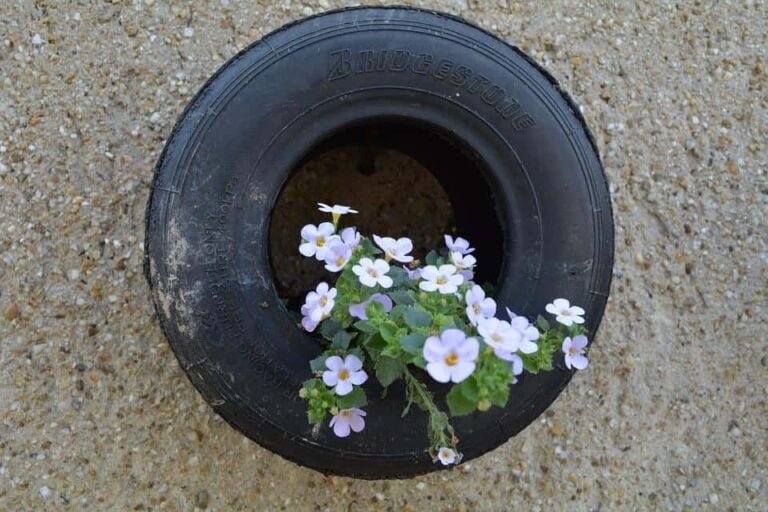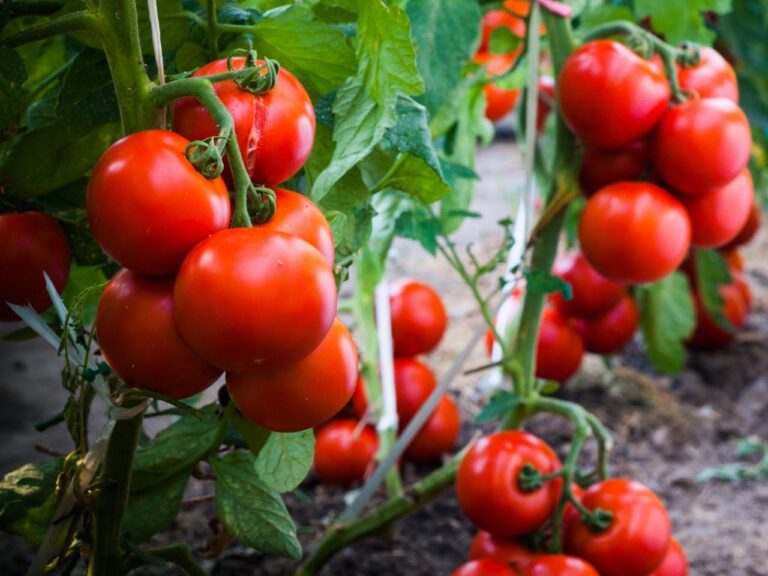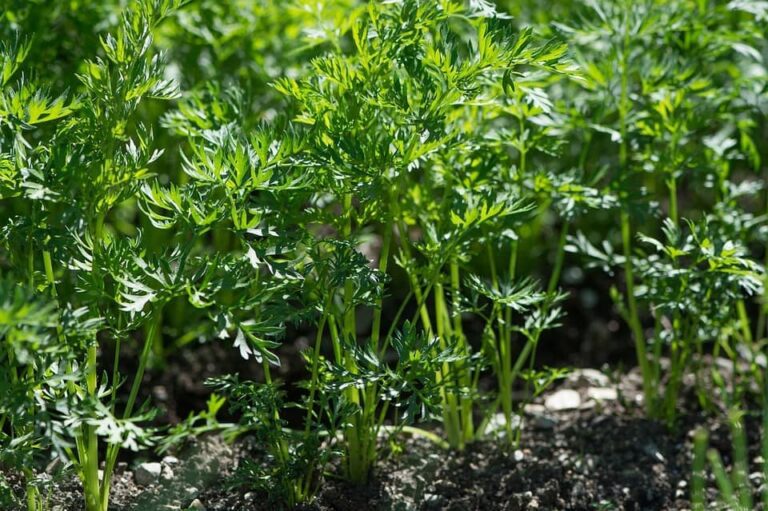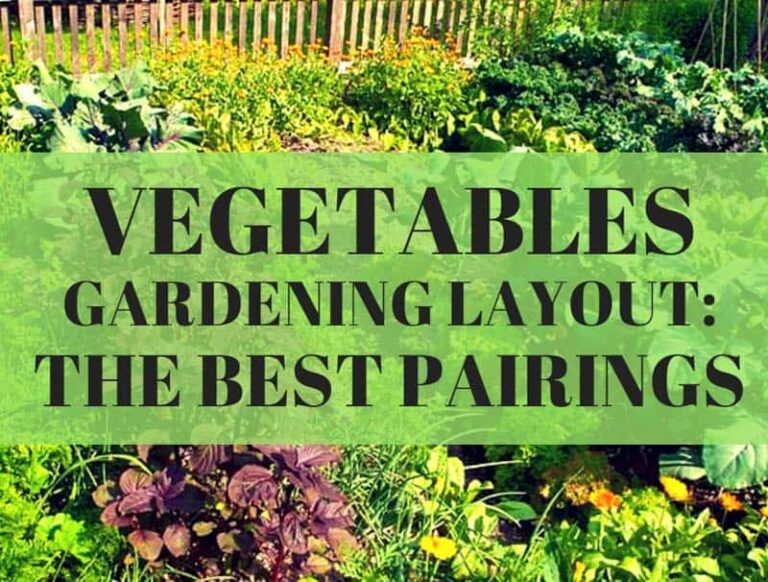Learn How to Plant Asparagus
To plant asparagus, choose an area of your garden that gets plenty of sun (at least six hours a day) and that doesn’t already contain a lot of other plants. Neutral, fertile and well-drained soil is ideal when planting asparagus. But if you don’t have ideal soil, you can easily amend it before planting to make it suitable for asparagus.
When you plant asparagus, you want to dig a trench and fill it in with compost and soil, before carefully arranging the plant’s crown or roots on top. Cover the crowns with another layer of soil, then water them to get the plants off on the right foot.
Choosing the Planting Site
Asparagus can be very long-lived. With the right amount of care, your plants can keep producing for up to 20 years, according to the Old Farmer’s Almanac. One way to help your plants thrive for decades is to pick the perfect place for them to live.
Once the asparagus is established, its root system becomes very large, tangled and complex, so moving the plants is usually out of the question. Picking the right spot for them right away will save you headache and heartache.
Consider the following when choosing a planting site.
Amount of Sunlight
Asparagus is a sun-loving plant that simply won’t do well in a site that is too shaded. Look for a spot in your garden that gets at least six hours of sun daily. Although you’ll get the most from your plant in fully sunny spot, an area that gets partial shade can be acceptable, according to Burpee.
The Soil Quality
The better the soil is before you plant asparagus, the better off your plants will be. Since the roots become so intertwined and large, it’s difficult to amend the soil later on.
The soil in the planting bed doesn’t have to start out being perfect, but you should do what you can to improve it before planting. That can involve tilling it to remove weeds and other debris.
It can also involve adding sandy to clay or heavy soil. Although asparagus plants like moisture, they don’t want soggy soil. If your soil doesn’t drain well, the plants’ roots can rot. You can tell if the soil is too heavy or soggy by wetting it, then picking up a handful. If the soil stays in one large clump when you squeeze it, you’ll want to mix in sand to improve drainage.
Asparagus plants prefer somewhat neutral soil and won’t do well in acidic conditions. You can order a special soil testing kit to determine the pH of your soil.
There are also ways to test your soil at home, using baking soda and vinegar. The video above demonstrates how to do it and what to expect. The DIY method doesn’t give you a precise pH, but it can give you a general idea of whether your soil is acidic or not.
What Other Plants Are Nearby
Ideally, there won’t be many other plants near your asparagus bed. You don’t want the asparagus to be pushed out or crowded by other plants in your garden, according to Marin Master Gardeners. If you do plant other plants near the asparagus, choose ones with shallow roots that won’t spread beneath the soil, such as basil or marigolds.
Since asparagus plants can become very tall later in the summer, it’s also important to choose a spot where they won’t shade neighboring plants. Burpee recommends picking a planting site to the north or east, so that the asparagus plants can’t cast a shadow over nearby plants.
Preparing the Planting Site
If your soil isn’t perfect to start with, you’ll want to prep it before you plant asparagus. That means removing any weeds and other plants from the area and adding fertlizer to the soil if necessary.
Modern Farmer recommends using a tiller to break up and loosen the soil. Then, pour about three inches of compost over the planting area and stir into the soil with a shovel.
You might need to add lime to the soil if it is acidic. Lime is a base and will neutralize the soil.
Planting Crowns
You’ve got the perfect spot and the soil is ready. It’s time to plant your asparagus crowns.
You’ve got the perfect spot and the soil is ready. It’s time to plant your asparagus crowns.
First, you’ll want to dig a trench that’s about a foot wide and a foot deep. How long you make the trench is up to you. Pour a layer of compost into the trench to a depth of about three inches. The compost will keep your asparagus well nourished during its first season and for years to come.
Next, replace some of the soil in the trench, creating a triangular shape that’s about six inches high. The shape of the soil is important, as it will provide support to the long, slender roots.
Once the soil is in place, start arranging the crowns in the trench. You want to space them about 18 inches apart in the row. Drape the crowns over the mound of soil, so that the roots are splayed out on both sides. The top of the crown should rest on the top peak of the soil.
Cover the crowns with soil to fill in the rest of the trench. Water the soil so that it settles in. If you’re going to plant another row of asparagus, dig a second trench at least 18 inches away from the first.
Once your plants are in the grow, all you can do is wait. Keep the soil moist by watering regularly and pull out any weeds that pop up.
The asparagus will produce spears, but it’s important that you not pick or harvest them the first year. Instead, let the plants develop into leafy ferns. Cut the plants back in the fall or early winter and wait until next spring to finally enjoy the some of the fruits of your labor.






